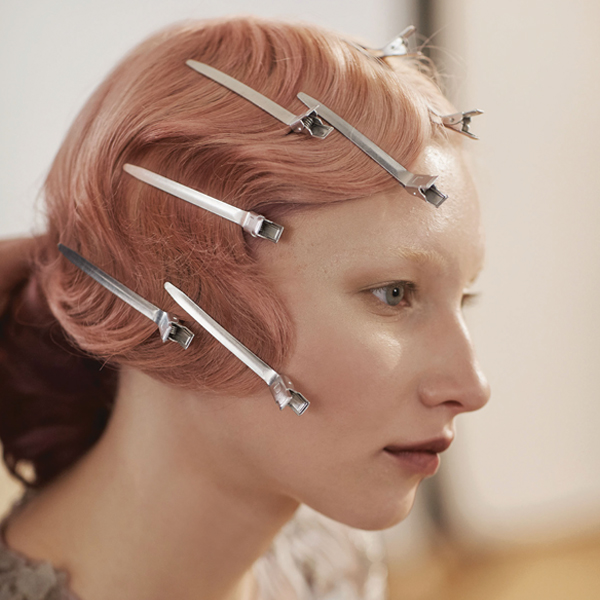10 Finger Wave Tips for Flappers
Finger waves are having a moment right now. And that means more and more of your Halloween clients will want to incorporate them into their costumes—flapper girls, Downton Abbey characters, Old Hollywood celebs. Are you prepared to create this timeless look for your Halloween-loving clients? Here are 10 tips you need to become a master—fast! [btc-banner id="638660"] 1. Make It Wet It’s impossible to do a traditional finger wave without completely saturated hair. Period. Saturate with water AND product, then comb through. “If you don’t, you won’t get moldability and pliability,” says Paul Mitchell International Trainer Mary...





 or
or






